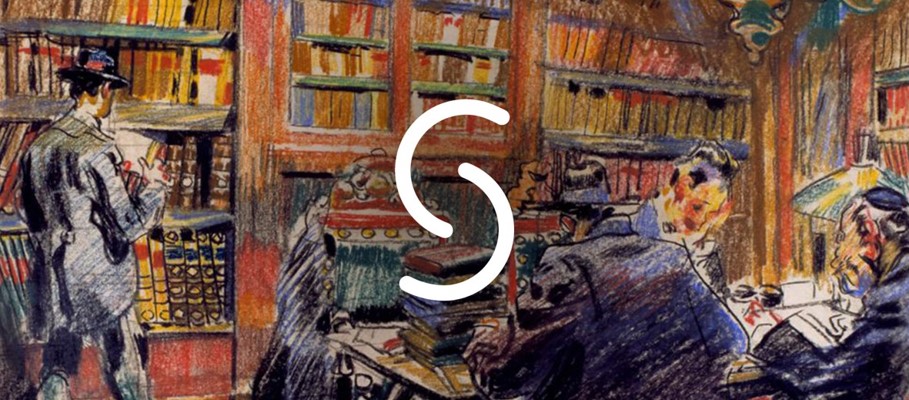-
Country
-
IT
-
Name of institution (English)
-
Imola Municipal Library
-
Language of name of institution
-
ita
-
Contact information: postal address
-
Via Emilia 80, 40026 Imola
-
Contact information: phone number
-
0039 0542602636 (general)
-
0039 0542602629 (fondo manoscritti)
-
Contact information: email
-
bim@comune.imola.bo.it (general)
-
bim.rari@comune.imola.bo.it (fondo manoscritti)
-
Reference number
-
MS.
-
Type of reference number
-
Archival reference number
-
Title (English)
-
Manuscripts
-
Title (official language of the state)
-
Manoscritti
-
Language of title
-
ita
-
Creator / accumulator
-
Biblioteca Comunale di Immola
-
Date note
-
11th century/20th century
-
Language(s)
-
heb
-
ita
-
lat
-
Extent
-
1,692 storage units
-
Type of material
-
Textual Material
-
Scope and content
-
The Manoscritti fonds of the Biblioteca comunale di Imola comprises a rich but heterogeneous collection of manuscripts of different typologies and provenances from the 11th to the 20th centuries. It includes 1,088 manuscripts related to the history of Imola (chronicles, diaries, memoirs, chronologies, genealogical trees, historical annotations, etc.), 2,295 autographs of some illustrious figures from Imola and abroad, and 90 manuscripts from different eras and subjects, including 9 illuminated manuscripts. Among the latter, there is a 15th-century illuminated manuscript written in Sephardic square script, with 355 folios and a leather binding with Mudéjar decorations, containing the complete Hebrew Bible with Masorah Parva and Magna and the Megillat Antiochus (MS. 77). According to Andreina Contessa (2009), this codex was probably brought to Naples after the expulsion of the Jews and Moors from Spain in 1492, since records attest that it was acquired by a Jew named Abraham Shlomo Galior in Naples, in January 1493. Although it is still unknown how the Bible arrived in Imola, according to a note by a censor, it was already in northern Italy in 1575. Registers of births and deaths from 1578 to 1760 written on three blank pages at the beginning of the codex show that it was in possession of the Yehudah Arié da Fano family at the time (see the transcription of these registers in Perani, 2006). Shortly after the later registers, the Bible entered into the Biblioteca comunale di Imola, since it was mentioned in the library's catalogue in 1798. By analysing the manuscript, Contessa concluded that it was probably produced in the scriptoria active in Toledo about a decade before the banishment of the Jews from Spain.
-
Archival history
-
The major part of the Manoscritti fonds of the Biblioteca comunale di Imola is composed of manuscripts from libraries of extinct convents and monasteries, and donations from private owners. MS. 77 was part of the Convent of San Francesco library when it was delivered to the Municipality of Imola at the time of the Napoleonic domination.
-
Administrative / Biographical history
-
The Biblioteca comunale di Imola has its origins in the Convent of San Francesco library, which was confiscated during the French domination and delivered to the Municipality of Imola. It opened to the public in 1798 with the name of Biblioteca Pubblica Nazionale (National Public Library). Its collection increased with the incorporation of manuscripts and printed books from other confiscated convent libraries.
In 1802, the library lost the "nazionale" name and became the Biblioteca comunale di Imola (Imola Municipal Library). The historical archive of the Municipality of Imola was entrusted to the library in 1902, but the transfer from the Palazzo comunale (the Town Hall) to the Biblioteca comunale only took place between 1928 and 1931. Some years earlier, in 1913, the Archivio notarile mandamentale di Imola (Imola Notary Archive), which had been established in 1879, had also been transferred to the Biblioteca.
-
(source: Archivi storici in Emilia-Romagna: Biblioteca comunale di Imola)
-
Access points: persons, families
-
Fano
-
System of arrangement
-
The material is kept in order of accession.
-
Author of the description
-
Carla Vieira, 2022
